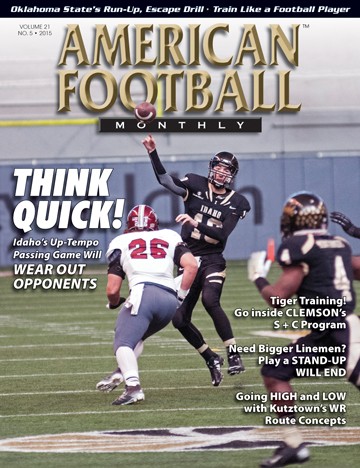Article CategoriesAFM Magazine
|
From the Coach's Bookshelf: Power Assessmentsby: Jim Radcliffe and Robert Farentinos© More from this issue The popularity of plymometrics training for strength and conditioning coaches is gaining tremendous momentum. High-Powered Plyometrics (Human Kinetics, 2015), written by University of Oregon Strength and Conditioning Coach James Radcliffe and fitness professional Robert Farentinos includes a complete Any program dedicated to enhancing performance needs an ongoing method of evaluating its direction and participants’ fitness and accomplishments. To use the stretch–shortening cycle optimally, athletes and their coaches need to know whether athletes’ ages, fitness levels, and understanding of safe procedures are suitable for them to participate, whether they are properly equipped (appropriate attire and props), and whether good exercise progressi....The full article can only be seen by subscribers.
|
|
|||||||
| HOME |
MAGAZINE |
SUBSCRIBE | ONLINE COLUMNISTS | COACHING VIDEOS |
Copyright 2025, AmericanFootballMonthly.com
All Rights Reserved





